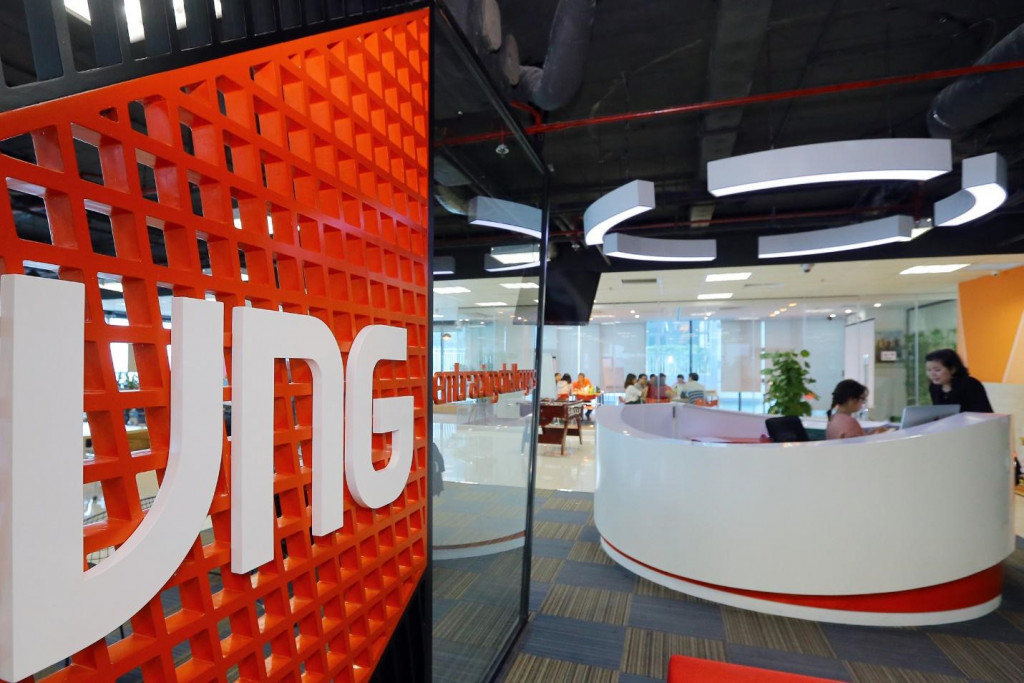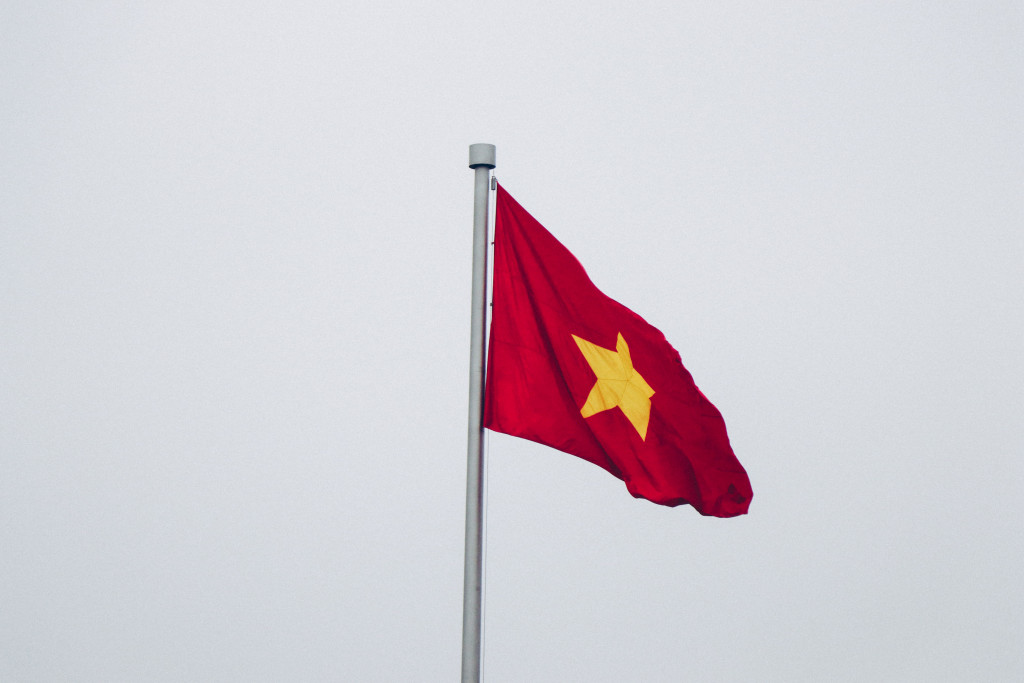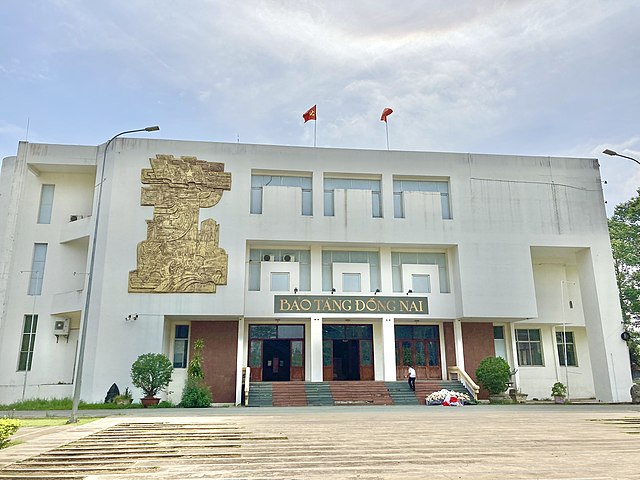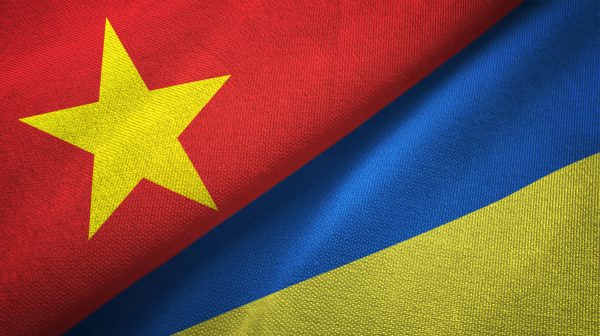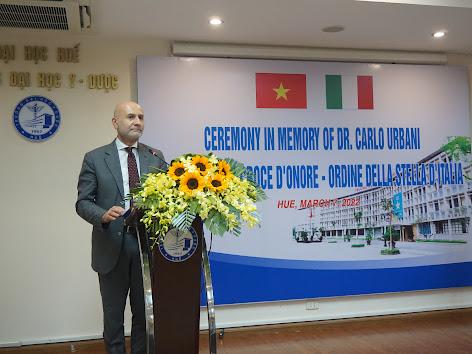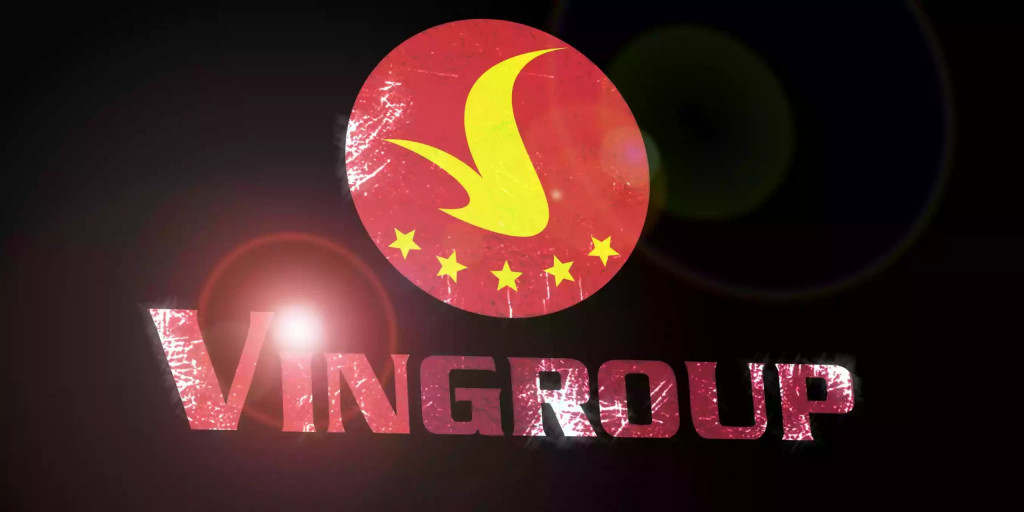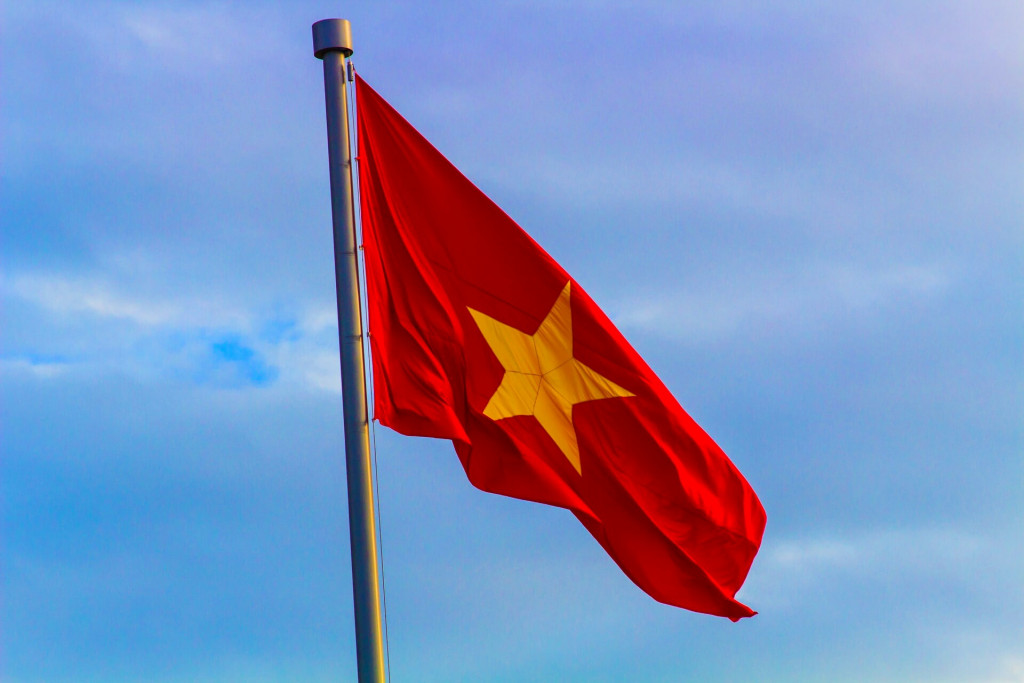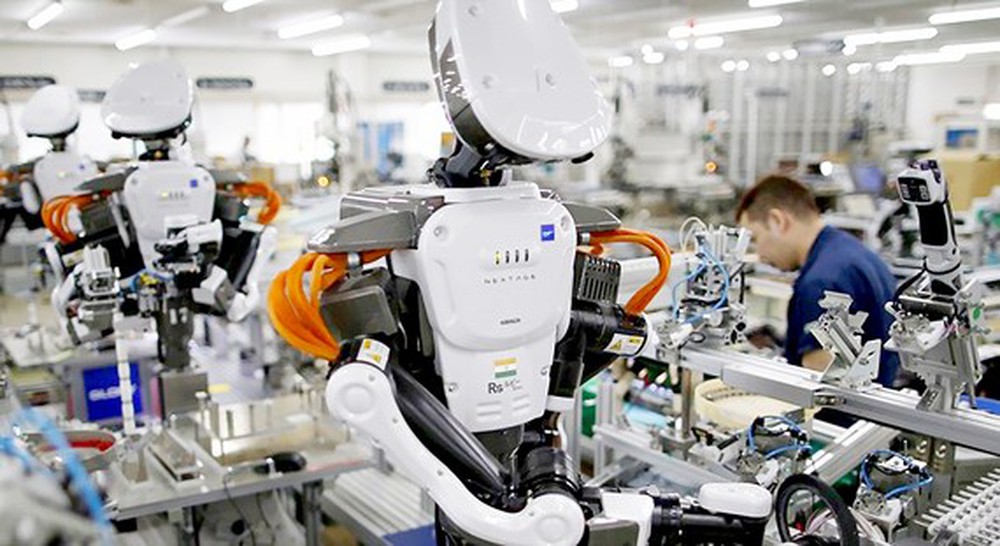After successfully defending its domestic market of 100 million against global giants such as Facebook, VNG Corporation, Vietnam's first unicorn start-up, is looking beyond its borders
The tendency to see Vietnam as a country known mainly for textiles and agriculture may soon change thanks to the success of a Vietnamese start-up: the VNG corporation. This start-up, specialising in social networking, e-commerce, digital content and online entertainment, is Vietnam's first Unicorn start-up (the first start-up in the country to exceed the value of $1 billion US dollars).
An overview of the company's history is necessary to assess its evolution. One of the peculiarities of the company is that it was founded when only a tiny fraction of the Vietnamese population had access to the Internet. Founded in 2004 under the name Vinagame, VNG corp started its activity in the gaming sector. Despite its start in an extremely specialised industry, the company gradually managed to expand its services to music sharing, video streaming, messaging, news portals and online payments. Its messaging app Zalo is now deeply embedded in Vietnamese life, especially among young people. By 2020, the app had overtaken Facebook's messaging platform Messenger in Vietnam. According to the Vietnamese Ministry of Information and Communications data updated to February 2022, the app has 74.7 million monthly active users. This is an extraordinary figure since Messenger counts 67.8 million users in the country. Some of the app's strengths are the ability to send higher quality images and incorporate culturally relevant features such as emojis reflecting the Lunar New Year Tet. As pointed out by Le Hong Minh, co-founder of VNG, the company's greatest strength is to understand the preferences and needs of its users.
Indeed, Le Hong Minh, co-founder of the VNG corporation, sees the start-up as a point of reference for the emerging technology start-up sector in Vietnam. In an interview at the company's headquarters in Ho Chi Minh City, Le Hong Minh made clear his aspirations of expanding VNG in the global technology industry:"In the future, Vietnam will not only be known for coffee and manufacturing". Indeed, after successfully defending its 100 million-strong domestic market against global giants such as Facebook, VNG corp is looking beyond Vietnam's borders. As co-founder Le Hong Minh reported, gaming will be the strong point of the company's international expansion. The gaming branch of VNG corp has users in more than 130 countries and expects to have 320 million customers worldwide in 2023. Despite this, Le Hong Minh pointed out that VNG is also looking to increase global sales of its artificial intelligence and cloud computing products. The main question is: given the significant expansion within Vietnam, will VMG corp be able to gain the trust of foreign investors? Alec Tseung, partner at KT Capital Group, has a specific view on the issue. On the one hand, he believes that, in theory, VNG will attract the attention of investors due to its similarity with Tencent, a multimedia company already well-known globally. On the other hand, in practice, the company does not have a favourable regulatory environment like Tencent's in China. However, it is important to highlight that according to a research conducted by the Vietnamese National Innovation Center, Vietnam attracted record venture capital investments last year. This increase in investments can create a favourable environment for VNG expansion. Moreover, according to some sources, the company is considering an initial public offering (IPO) in the US. Unfortunately, Le Hong Minh declined to confirm the validity of this news. Therefore, we have to wait and see how this company develops globally. Certainly, investors need to keep an eye on VNG corp developments.

